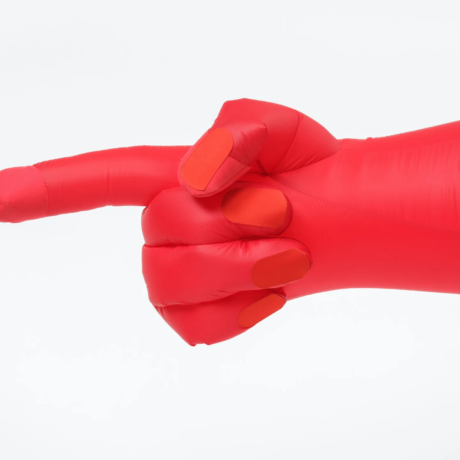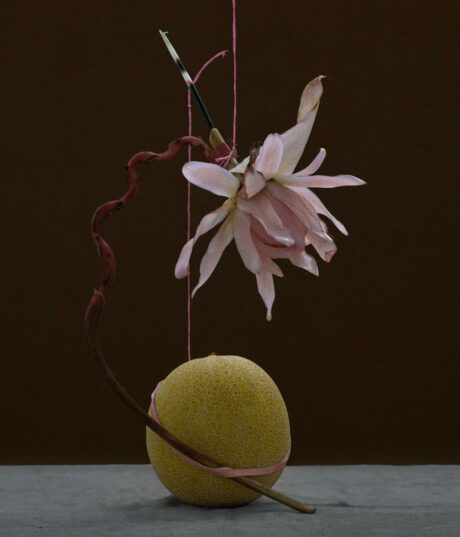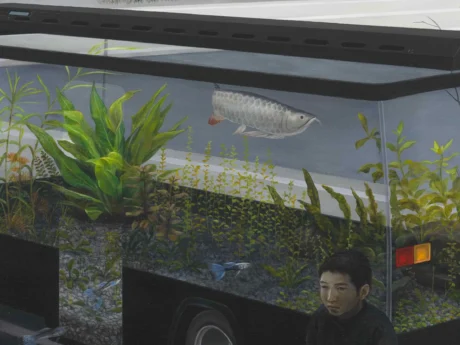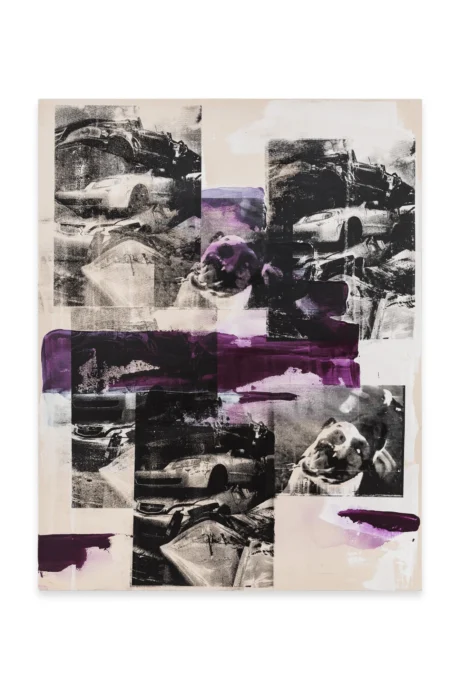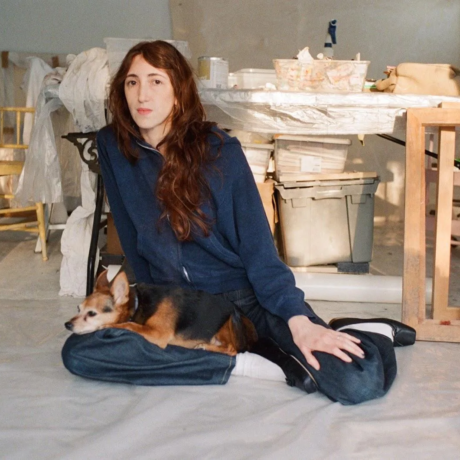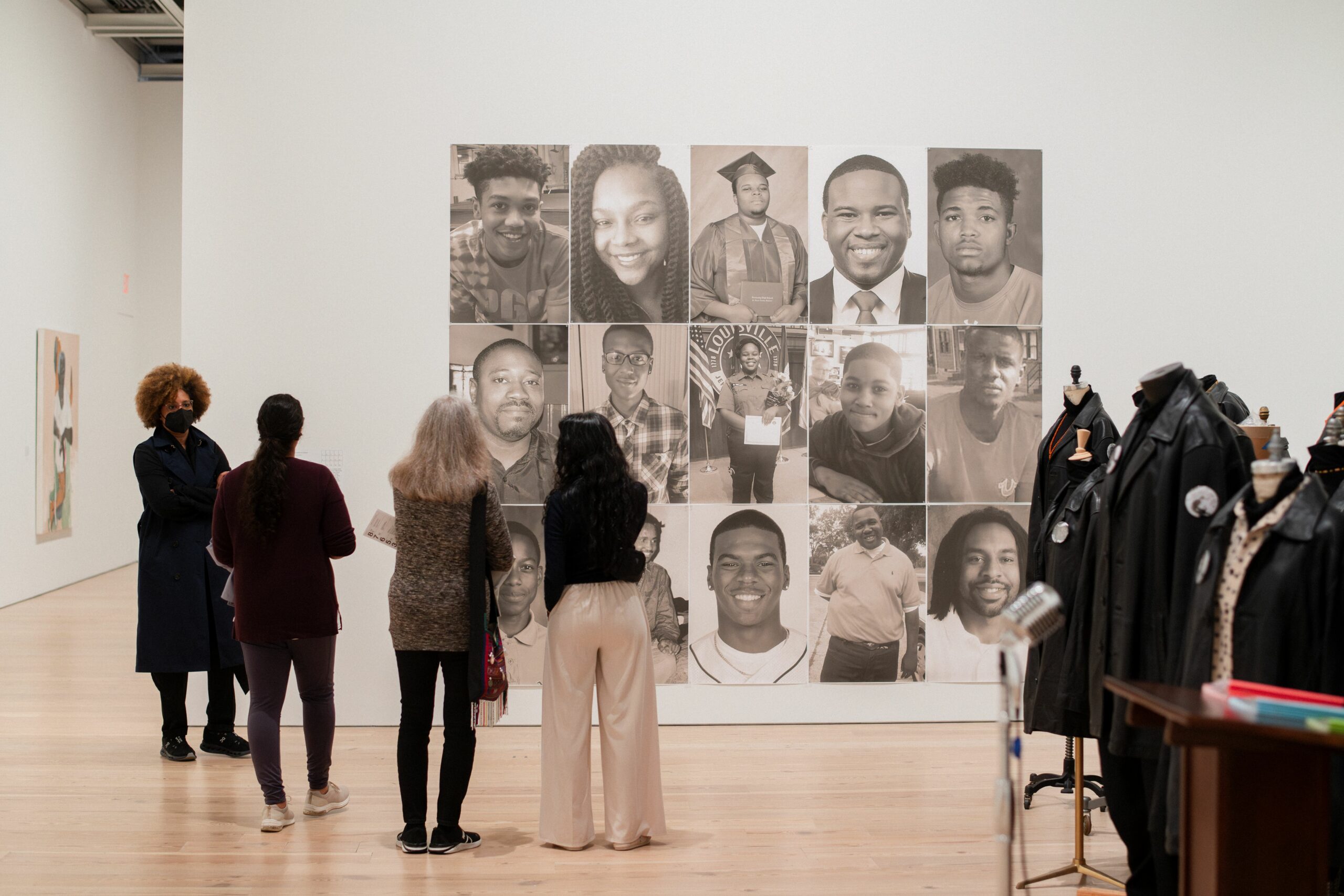
Henry Taylor: B Side, the artist’s first survey exhibition, the Whitney Museum of Contemporary Art, has succeeded at presenting a show that is not only comprehensive but encapsulates Taylor’s dedication to documenting and portraying the present-day Black existence and amplifying the voices of Black Americans. First organised and presented by the Museum of Contemporary Art, Los Angeles, this iteration is on view until January 28th, 2024. Featuring a range of paintings, assemblage sculptures, drawings, and installations, the show takes viewers on a journey through Taylor’s career and the history of America.
The exhibition opens with Taylor’s family portraits, a critical part of his practice. Pieces like Wegrett (2006), i’m yours (2015), My Great Niece Taylor Watson (2020), and Portrait of My Brother Robert Randy Taylor (2010) provide an opportunity for visitors to get to know the artist through his family. It also highlights Taylor’s focus on intergenerational relationships, both familial and not.
This can be seen in Cora (cornbread) (2008). The piece is a tribute of sorts to the artist’s mother, whose cornbread was a staple at the dinner table. In the top right corner, Taylor painted ‘cornbread’, circling his mother’s name in the word, not only paying homage to his mother but also to the importance of sharing food within Black communities, which has always been a way to build connections. Through the inclusion of a bottle of Brer Rabbit Syrup in the top left corner, he cites the history of racist stereotypes in the United States, as well as the symbolism and development of food culture in Black American communities that date back to enslavement.

Though Taylor’s work can be categorised as timely, to do so ignores the social structures that persist and which he is confronting. Taylor highlights the relationship between Black Americans, police officers, and the carceral system in the painting Trail (2005). The focal point is the police officer on the right side of the frame, and the sequence of numbers on the left, which are meant to represent George Jackson, whose book Soledad Brother: The Prison Letters of George Jackson alerted the public to the racist cruelty prisoners are subjected to. The police officer stands above all other figures in the piece, perhaps mirroring their position and role in society. By including Jackson’s inmate ID number, Taylor notes how prisoners are treated not like human beings but are given a number of values based only on how they can be of use.
The piece also features an image of Bob Dylan, who the artist also alludes to in THE TIMES THAY AINT A CHANGING, FAST ENOUGH! (2017). Its title is a play on Dylan’s song ‘The Times They Are a-Changing’, written as an anthem during the Civil Rights movement. By changing the title and bringing together Dylan’s song and the last moments of Philando Castile, who was killed in front of his girlfriend and her four-year-old daughter during a traffic stop, he gestures to the fact that times have not changed.
He compels viewers to reckon with the reality that though the scenes portrayed in many of his paintings may depict past events, they continue to be repeated. This can be seen in Blacks Hurting in LA (n.d.), located in Gallery 2. Featuring a Black background with the words’ Blacks hurting in La’ painted in white and a brown figure, there’s pragmatism and simplicity to the piece, but that is precisely why it is so powerful in its delivery. It is meant to highlight the numerous threats faced by the Black American population in Los Angeles, such as the disproportionate number of Black Americans who are houseless. The black background symbolises the immensity of Black pain, the idea that while it exists widely, it is strategically kept hidden.

Walking through, other paintings like too much hate, in too many state (2001), Warning shots not required (2011), and Resting (2011), highlight the many facets of Black existence that have not changed. In too much hate, in too many state, the back of a green, worn Chevrolet pick-up truck extends across the top half of the frame. In the bottom half, there is a heavy metal chain hooked up to a trailer hitch, something that is typically used to tow a vehicle or trailer, through which Taylor gestures to their nefarious use against Black bodies. At first, instances of violence during Jim Crow come to mind, but reading the wall text, it is distressing to learn that the painting is a rendering of the viewpoint of James Byrd Jr., a Black man who was abducted and murdered in Texas in 1998 after he was dragged behind a truck. The framing of the piece places the viewer in the same position as Byrd, with its size making them feel as if they’re staring at the back of an actual truck.
Taylor further probes the idea that the past is not in the past in Warning shots not required. An immense piece measuring 75 ¼” x 26 ¼”, at its center is Stanley Tookie Williams, a founder of the Crips of Los Angeles. Despite the gang starting out wanting to protect their communities, much in the same way as the Black Panther Party, they shifted into organised crime. As artist Patrick Martinez discusses in the accompanying audio, there’s a complexity that arises when placing a complicated figure like Williams in a piece that references police brutality and violence committed against Black bodies. Looking closely, to the left and right of Williams are groups of small painted figures, perhaps emphasising community and family created through generations. Though Williams is seemingly the focal point, what stands out most prominently is the phrase ‘warning shots not required’ stencilled over the entire piece.
Taylor repeats the phrase in Resting, in which it’s stenciled on the wall in the background where a line of uniformed men stand. The piece depicts Taylor’s niece and nephew on a couch, and in the accompanying wall text, it states that on the coffee table in front of them are Canteen Correctional Service forms that have to be filled by family members to permit prisoners to purchase specific items at the commissary. The relative comfort exhibited by the figures, the couch, and the surroundings in front of the window stand in stark contrast to the disquiet outside, but perhaps this juxtaposition is meant to be symbolic of false comfort. The men outside are lined up as if they are cattle, participating in the system that consistently feeds Black and Brown bodies into involuntary servitude.
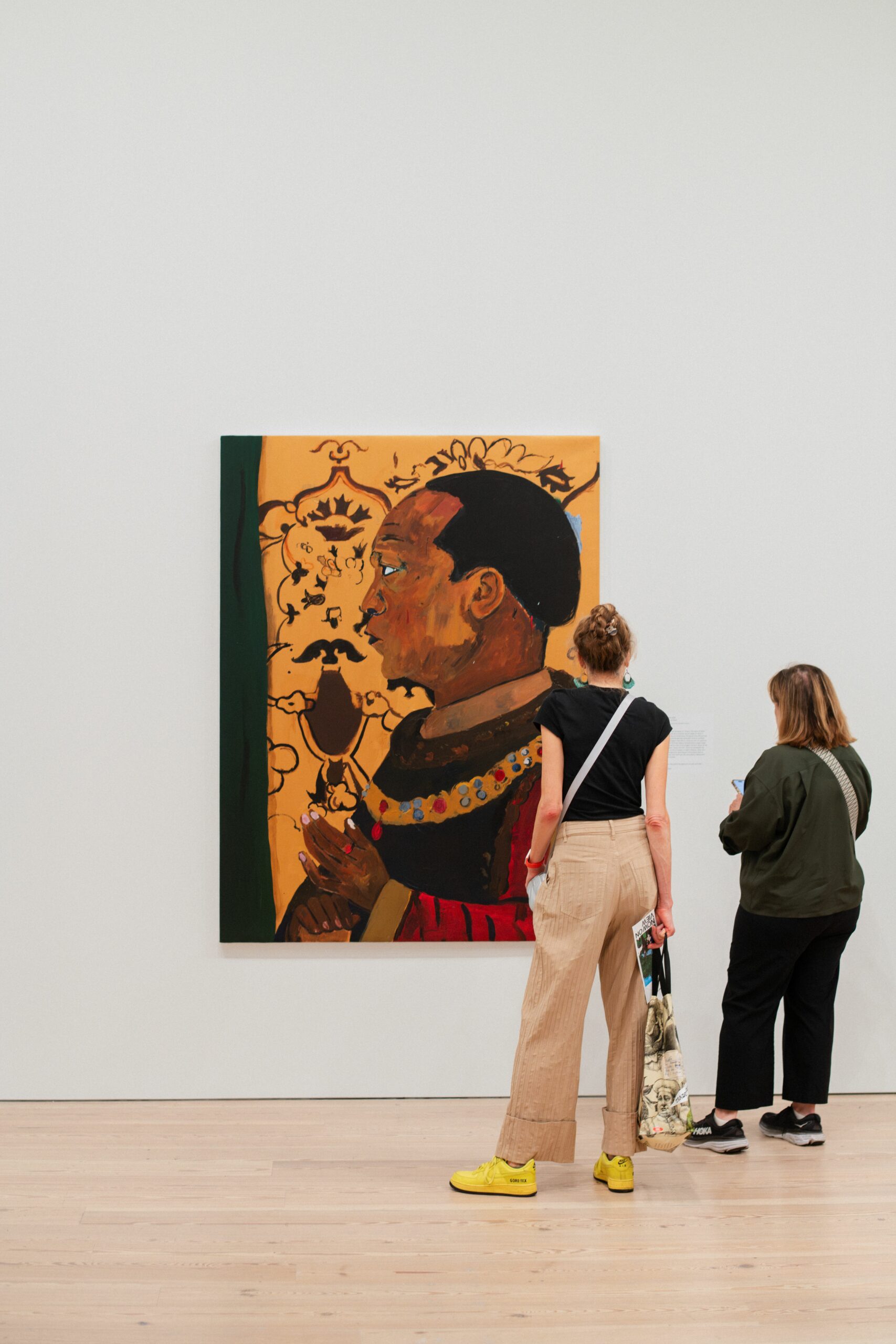
Despite the topics and events Taylor illustrates in some of his work, he approaches all subjects with humanity, something which Black Americans are robbed of at times. For curator Barbara Haskell, the painting Too Sweet (2016) is a prime example of this and one of her favourites. Inspired by a photograph the artist took of a young man holding a sign that read ‘anything helps,’ it features the same young man holding a blank piece of cardboard. Haskell notes that by painting the young man, Taylor heroicizes him and makes him monumental. With pieces like Girl with Toy Rifle (2015) and I’m not dangerous (2015), Taylor applies his humanising touch to his depiction of a young girl and boy. Both pieces see kids with toy rifles standing outside. There’s a definitive level of comfort and innocence within the painting, as evidenced by the surroundings and the smile of the young girl. Taylor calls forth both questions of childhood, specifically how Black American children are sometimes robbed of that experience, resulting in their adultification.
Though all pieces are exquisite and moving, it is perhaps Untitled (2022), located in Gallery 6, that is momentous. The installation pays homage to the Black Panther Party and his brother Randy, who was active in the Ventura branch. Astonishingly multi-layered, it is the dozens of mannequins that stand out. They are clothed in the customary Black berets and leather jackets worn by the members and are arranged along the back half of the room behind a podium as if addressing a crowd. By displaying the mannequins in this manner, Taylor makes the viewer a participant. The artist also includes contemporary garments, like Colin Kaepernick’s San Francisco 49ers jersey. By linking modern-day acts of protest to past ones, the artist is foregrounding how initiatives by Black American groups and individuals are often met with resistance and villainised.
The installation also includes a wall component on the left side of the gallery. Lined up in three rows of five are large headshots of individuals like Breonna Taylor, Michael Brown, and Alton Sterling, who were victims of police brutality. Viewers are forced to come face to face with their images, some of whom they may not be familiar with. Taylor compels viewers to acknowledge them.
Among other works in the exhibition is Untitled (2021), a self-portrait in which he is painted in the likeness of Henry VII, inspired by the fact that Taylor was born in 1958, the youngest of eight children. He attended Oxnard Community College and the California Institute of the Arts (CalArts) and worked at the Camarillo State Mental Hospital, where he produced many of the exhibited graphite on paper works in gallery 2 and paintings like Happy Meal (1992), Screaming Head (1991), and Peanuts (2007). The drawings like Who feels it knows it (1995), She Called Me “Bill” (1990), and Split Person (1992) are among the earliest of Taylor’s work and depict patients with whom he fostered relationships. During this same period, the artist began painting on cigarette cartons, butter containers, and cereal. On these painted surfaces, Taylor illustrates reclining figures, cooking food, and, on one, a blacked-out Confederate flag.
While many of Taylor’s paintings and other works are available online, looking at them via a computer screen does not prepare you for the experience of seeing them in person. They hover over the viewers, at times making them feel small. The quietude present throughout the exhibition submerges the viewer, making it feel like hours have passed by. The walls that separate the various rooms are organised so that as the viewer walks through the exhibition, they catch glances at other pieces. The work peers out, a ghost-like reminder that the past and the future are one and the same, working simultaneously. These pieces may not be as familiar, as is referenced by the exhibition’s title B Side, which takes its name from the second side of a record that contains songs that aren’t well known, but it’s difficult to see them remaining as such.
Written by Karla Mendez
